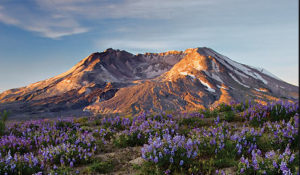Quimper Geological Society
 In the eight years we have been operating under the Jefferson Land Trust, our group has grown to more than 700 members. Last year we hosted 11 events and about 800 people at lectures and on field trips. We’ve outgrown several venues and occasionally need to use bigger ones, such as Chimacum High School. The upshot is that, with all the changes we’ve undergone, it seems like a good time to change our name; to one that reflects our size, relevance, and standing in the community. We’ll continue to do the same things that have made our group and our association with Jefferson Land Trust a valued resource on the Quimper Peninsula. Read on if you’d like to know more about the “Quimper” name and other geological societies.
In the eight years we have been operating under the Jefferson Land Trust, our group has grown to more than 700 members. Last year we hosted 11 events and about 800 people at lectures and on field trips. We’ve outgrown several venues and occasionally need to use bigger ones, such as Chimacum High School. The upshot is that, with all the changes we’ve undergone, it seems like a good time to change our name; to one that reflects our size, relevance, and standing in the community. We’ll continue to do the same things that have made our group and our association with Jefferson Land Trust a valued resource on the Quimper Peninsula. Read on if you’d like to know more about the “Quimper” name and other geological societies.
(Information below summarized from Wikipedia)
The Quimper Peninsula forms the most northeastern extent of the Olympic Peninsula of Washington. Port Townsend sits at the north end of the peninsula. The peninsula is named after the Peruvian-born Spanish explorer Manuel Quimper who, in command of the Princesa Real, charted the north and south coasts of the Strait of Juan de Fuca during the summer of 1790. He was the first European to report seeing Mount Baker, which he named La Gran Montagna Carmelita. On the Olympic Peninsula he traded with and observed the customs of indigenous people near Dungeness (which he named Bahia de Quimper) and near the Elwha River. These people were most likely members of the S’Klallam tribe and Quimper may have been the first European they had seen. Most of his discoveries along the strait were renamed by British Captain George Vancouver, who entered the Strait of Juan de Fuca on 29 April 1792. Those features that retained at least a semblance of Quimper’s Spanish names include Port Angeles, Rosario Strait, Fidalgo Island, and Quimper Peninsula
Geological Societies. There are hundreds around the world, but here are some of significance to us:
- 1807 Geological Society of London (first established)
- 1888 Geological Society of America (first in USA)
- 1893 Geological Society of Washington (D.C.) (first local/regional)
- 1987 Northwest Geological Society (first in WA)
- 2019 Quimper Geological Society (formerly Jefferson Land Trust’s Geology Group)

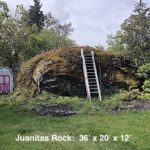
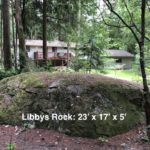
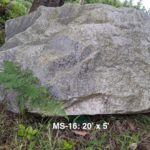
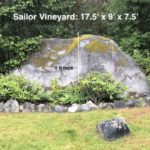
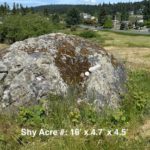
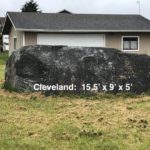
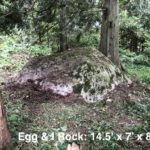
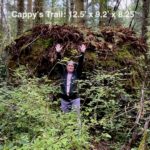
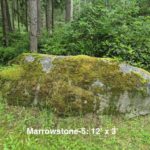
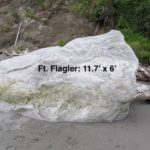
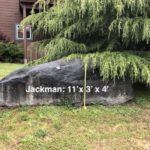
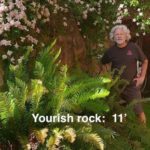
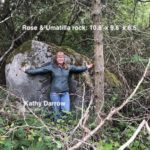
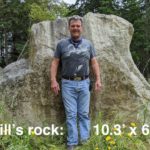
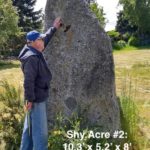
 In the eight years we have been operating under the Jefferson Land Trust, our group has grown to more than 700 members. Last year we hosted 11 events and about 800 people at lectures and on field trips. We’ve outgrown several venues and occasionally need to use bigger ones, such as Chimacum High School. The upshot is that, with all the changes we’ve undergone, it seems like a good time to change our name; to one that reflects our size, relevance, and standing in the community. We’ll continue to do the same things that have made our group and our association with Jefferson Land Trust a valued resource on the Quimper Peninsula. Read on if you’d like to know more about the “Quimper” name and other geological societies.
In the eight years we have been operating under the Jefferson Land Trust, our group has grown to more than 700 members. Last year we hosted 11 events and about 800 people at lectures and on field trips. We’ve outgrown several venues and occasionally need to use bigger ones, such as Chimacum High School. The upshot is that, with all the changes we’ve undergone, it seems like a good time to change our name; to one that reflects our size, relevance, and standing in the community. We’ll continue to do the same things that have made our group and our association with Jefferson Land Trust a valued resource on the Quimper Peninsula. Read on if you’d like to know more about the “Quimper” name and other geological societies.